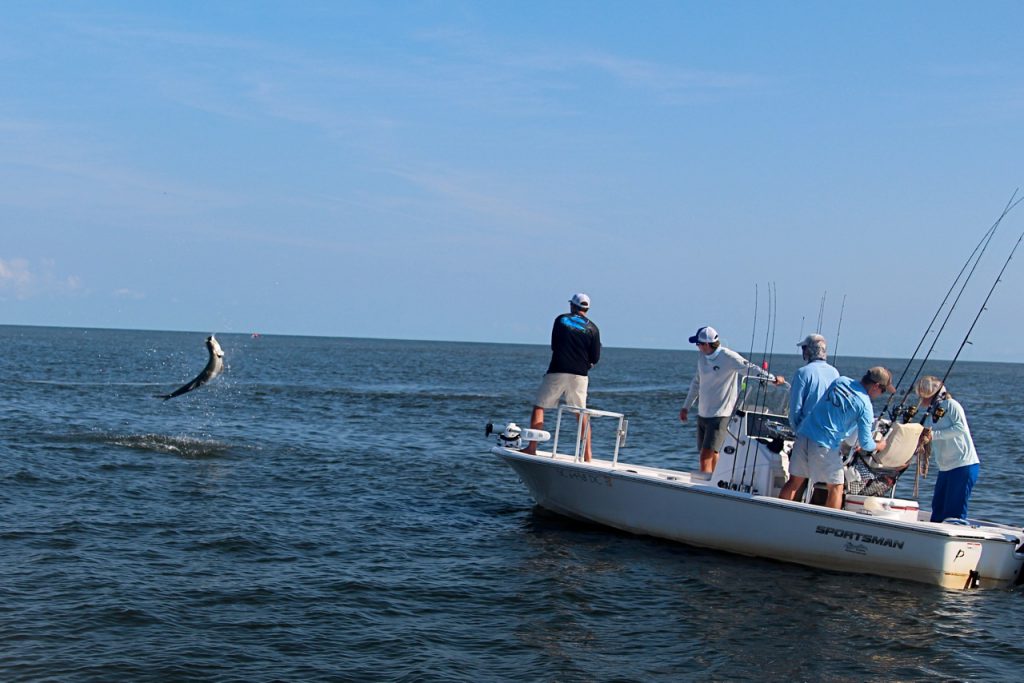Reprinted with permission from the September issue of The Angling Report. Click here to sign up.
Anyone who fishes saltwater, particularly flats environments, knows (or should know) all about Bonefish and Tarpon Trust (BTT). They have organized and supported an amazing amount of research on bonefish and tarpon and awakened the world to the fact that both species are vulnerable and need our attention lest they disappear or decline drastically in whole parts of their range. A big part of what they have learned about tarpon has come from tagging studies, some of it performed with sophisticated satellite tracking devices that are fully capable of providing real-time data that could be misused to violate the principles of fair chase in fishing.
The idea that such data could be used to take the hunting out of hunting and the fishing out of fishing is not farfetched. A decade or more ago, wildlife officials in eastern Canada, in an effort to understand the boom-and-bust cycles of the Quebec-Labrador caribou herds, radio-collared individual caribou in each of the major herds. Since caribou are herd animals, that didn’t just betray where the collared individuals were at all times; it betrayed the general position of the entire herd, which allowed everyone from Inuit hunters to sport hunters to simply ambush animals instead of hunting them. Combine knowledge like that with the mobility provided by floatplanes and it’s clear this was a sort of fair-chase nightmare that collapsed the value of traditional information gathered over the years by outfitters and Inuit hunters. Suddenly, everybody was a guru.
Flash forward to today and substitute tarpon for caribou and you have the makings of a modern replay of that fiasco in eastern Canada. Or at least that is what some guides who chase the annual migration of tarpon seem to be thinking and fearing. They are doing so without foundation, however. Individual guides who have their head screwed on straight about this, as well as clients who understand what is happening, have an absolute responsibility to give those Luddite rabble-rousers a good shaking. They are needlessly impeding some very important work.
Here is how Bill Horn explained the situation to us in a recent e-mail. Bill is a BTT board member, author, and former Assistant Secretary of the Interior for fish, wildlife and parks. He knows what he is talking about: “BTT has embarked on a new tarpon tagging program to monitor fish movements and help determine the extent to which tarpon in different areas are part of the same population. Using technology employed extensively in salmon and trout management, the program will unlock many of the mysteries regarding tarpon movement and help ensure conservation of our valuable tarpon fishery. Unfortunately, some guides and anglers worry that the technology might provide too much data on the precise location of the fish, exposing them to overfishing. These legitimate concerns appear to arise from equating older satellite tagging, and the real-time information it can provide, with the newer acoustic tags/receiver system that delivers a different form of data that is difficult, if not impossible, to abuse.
“Acoustic tags are small relatively inexpensive devices that can be inserted into tarpon as small as 20 pounds without ill effects. Similar tags are routinely placed in 14-inch trout without consequence, so using the tags with tarpon is a no-brainer. Each tag stays alive for five years or more and is detected by acoustic devices placed on the ocean bottom. When a tagged fish swims nearby, the device reads the tag and records it. Months later, data are retrieved from the device telling us which tagged tarpon swam by and when. Presently, there are more than 4,000 of these devices in operation along the southeastern US coast and the Gulf of Mexico. Eventually, a few years of readings will let us know which tarpon migrate where, what kind of habitats and conditions they use, and whether the same fish return to the same areas year after year. The latter information will be especially helpful in estimating the relative sizes of local populations compared to migrants, as well as the extent to which tarpon in different areas are connected. Are we fishing for the same fish in the same spot year after year, or is the overall population large and interchangeable, with migratory tarpon showing in one spot this year and another at the same time next year?
“No one will be able to use acoustic data to pinpoint—in real time— where the tarpon might be. This is very different from satellite tags. Those devices (which are costly and can only be placed in tarpon weighing 80 pounds or more) emit real-time information that can be read on a computer screen. It tells you exactly where the fish is now. There were past incidents of hunters using satellite data from tagged caribou to home in on the animals and kill them. That situation cannot happen with acoustically tagged tarpon. By the time the data are collected, the fish is likely to be tens or hundreds of miles away from the device that recorded it.
“The last thing BTT wants to do is expose tarpon to additional harm. Research data, such as tagging results, are carefully protected and shared under strict confidentiality with other organizations and agencies that share BTT’s goal of tarpon conservation. For example, the precise locations in the Bahamas of spawning bonefish aggregations, discovered by BTT, have been carefully protected to prevent exploitation, even while the data are used to create new habit protections. We will do the same with what we learn about tarpon, with the caveat that BTT will share general data that will help inform the public about our valuable fisheries. The recent report about a 45-pound tarpon tagged off Key West that was detected a month later off Cape Canaveral is as detailed as it’s going to get when it comes to sharing data. “Better knowledge about our mysterious tarpon is going to help us and our partners conserve and better manage this great fishery. The new acoustic tagging effort will contribute mightily to this goal.”




